Retro Replay Review
Gameplay
Metal Warriors delivers a dynamic blend of mech-based combat and platforming challenges that keeps players engaged from start to finish. Piloting one of six distinct battlemechs, you’ll find yourself switching tactics on the fly—literally—between heavy-hitting brawlers, agile flyers, and even a high-speed rolling unit. Each mech feels unique thanks to tailored movement speeds, weapon loadouts, and defensive capabilities, encouraging experimentation as you tackle rescue operations and intelligence-gathering missions in hostile space environments.
(HEY YOU!! We hope you enjoy! We try not to run ads. So basically, this is a very expensive hobby running this site. Please consider joining us for updates, forums, and more. Network w/ us to make some cash or friends while retro gaming, and you can win some free retro games for posting. Okay, carry on 👍)
The ability to eject and explore stages on foot adds another layer of strategy. Sometimes it’s smarter to abandon an overpowered but sluggish mech in favor of a more nimble form to traverse narrow corridors or avoid environmental hazards. Scattered across levels are power-up containers offering weapon upgrades (four tiers strong), bouncing and heat-seeking shot modifications, and devastating shoulder-mounted grenade launchers. Hunting these upgrades becomes a rewarding side objective that can turn the tide in tougher encounters.
Combat feels responsive and satisfying, with a good balance between ranged and melee weapon options. Each mech carries its own signature melee armament—whether it’s a plasma blade or a massive punch cannon—that can decimate enemies in close quarters. Ranged weapons vary from rapid-fire machine guns to slow but powerful rockets. Boss fights punctuate each mission, demanding mastery of your mech’s strengths and the willingness to adapt on the fly when environmental obstacles or enemy tactics shift unexpectedly.
Graphics
Although rooted in the 16-bit era, Metal Warriors’ pixel art remains impressive and detailed. Mech sprites are large and well-animated, conveying weight and momentum during every dash, flight, and smash attack. Explosions and weapon effects pop against the backdrop, with colorful particle bursts that draw your eye without cluttering the screen. The game maintains a consistent frame rate, even when multiple mechs and projectiles fill the battlefield.
Environmental design ranges from claustrophobic space station interiors to jagged asteroid fields and downed capital ships. Background layers scroll smoothly to suggest depth, and each stage features unique hazards—electrified floors, corrosive chemical slicks, and laser grids—that are clearly telegraphed through color and animation. Small details, like warning lights or flickering control panels, add atmosphere and help sell the high-stakes sci-fi setting.
The user interface is clean and informative, displaying your mech’s health, weapon level, and shield status without obscuring the action. Character portraits and mission briefings bookend levels with simple but effective art, setting the stage for your next operation. While modern gamers may expect HD graphics, Metal Warriors’ sprite work holds strong as a testament to thoughtful design and animation craft from the early ’90s.
Story
Set in the year 2102, Metal Warriors frames its mech battles within a desperate campaign to defend Earth from the Dark Axis, led by the enigmatic Venkar Amon. The narrative unfolds through mission briefings and occasional mid-level radio chatter, providing context without bogging down the action. You start with rescue and reconnaissance tasks in deep space, probing enemy strongholds and salvaging intelligence to pave the way for a full-scale Earth assault.
Characterization is kept light, but each pilot has a distinct role within the Metal Warriors unit, whether it’s the hotheaded ace who favors close-quarters combat or the methodical marksman who picks off foes from above. Dialogue is functional rather than melodramatic, ensuring you’re never torn away from the thrill of piloting a 50-ton war machine. This streamlined storytelling approach serves the gameplay, delivering just enough narrative incentive to push you through each challenging mission.
Major plot beats culminate in assaults on Dark Axis bases and confrontations with Venkar Amon’s elite mech cadres. These encounters tie into the overarching goal of reclaiming Earth, and the sense of progression—from hit-and-run scouting missions to full-scale retaliation—feels earned. While Metal Warriors doesn’t offer branching storylines or multiple endings, its straight-ahead campaign provides satisfying momentum for fans of action-oriented sci-fi.
Overall Experience
Metal Warriors stands out as a deep, action-packed title for fans of mech combat and platformers alike. The sheer variety of playable robots, combined with on-foot exploration and tactical power-up usage, makes each level feel fresh and replayable. Whether you’re discovering hidden upgrade caches or experimenting with different mech combinations, the gameplay loop remains engaging throughout the campaign’s dozen-plus stages.
The learning curve is approachable yet rewarding—new pilots can hop in and enjoy the spectacle of giant robotic mayhem, while completionists will appreciate the nuances of weapon synergies and stage-specific strategies. The inclusion of a two-player versus mode extends the fun by letting friends pit their favorite mechs against each other, adding another dimension of replay value beyond the single-player story.
For retro enthusiasts and newcomers curious about ’90s-era console gems, Metal Warriors offers a well-crafted experience that holds up surprisingly well today. Its balance of crisp controls, varied mission design, and solid audiovisual presentation earns this title a place in any collection of classic action games. If you’re after a high-octane romp through space with six powerful mechs at your command, this one’s worth your attention.
 Retro Replay Retro Replay gaming reviews, news, emulation, geek stuff and more!
Retro Replay Retro Replay gaming reviews, news, emulation, geek stuff and more!
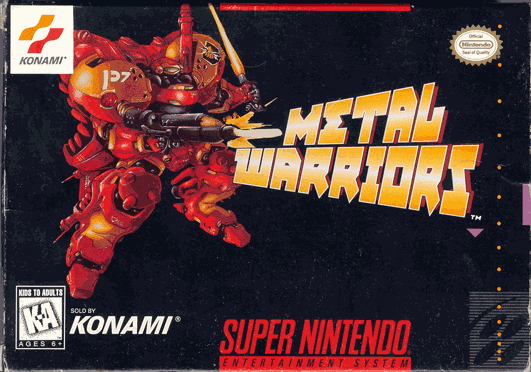

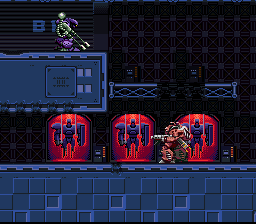
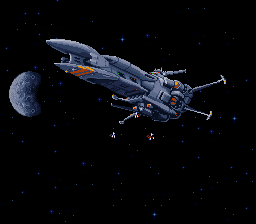

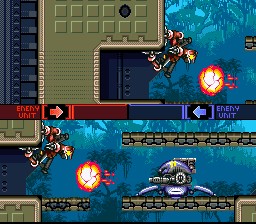


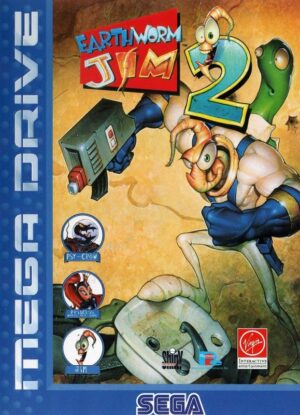
Reviews
There are no reviews yet.